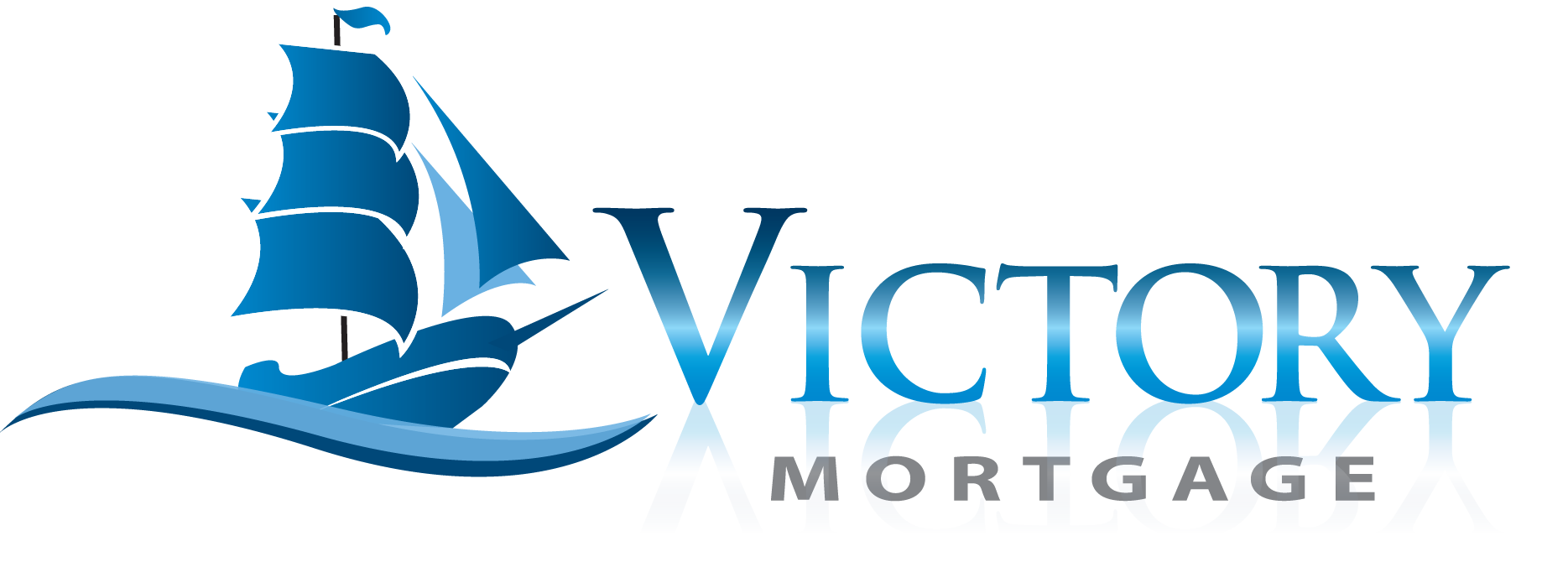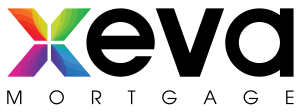New Mortgage Rules Make Homeownership More Affordable for Canadians
As of August 1, 2024, the federal government introduced changes to support homebuyers, particularly Millennials and Gen Z. First-time homebuyers purchasing new builds can now access 30-year insured mortgage amortizations, reducing monthly payments and making it easier to afford a home.
Additionally, as of December 15, 2024, several major reforms will take effect:
- The price cap for insured mortgages will rise from $1 million to $1.5 million, helping more Canadians qualify for mortgages with less than 20% down.
- 30-year amortizations will be available to all first-time homebuyers and buyers of new builds, including condominiums. This expansion will incentivize new housing supply, addressing the country’s housing shortage and making homeownership more accessible.
These reforms are part of a broader housing strategy that includes the Canadian Mortgage Charter, which enables insured mortgage holders to switch lenders without undergoing a new stress test at renewal. This promotes competition among lenders, ensuring more Canadians can access better mortgage deals.
In addition to these housing measures, the government has introduced the Renters' Bill of Rights and the Home Buyers' Bill of Rights to protect Canadians from unfair practices, ensure transparency in leases and sales, and simplify homebuying procedures. With $5 billion available through the Canada Housing Infrastructure Fund, the federal government is working with provinces and territories to make housing fairer and more accessible for all Canadians.
Stay tuned for further updates, and if you’re planning to buy a home or need more information, book a call with me to learn how these new rules can benefit you!






